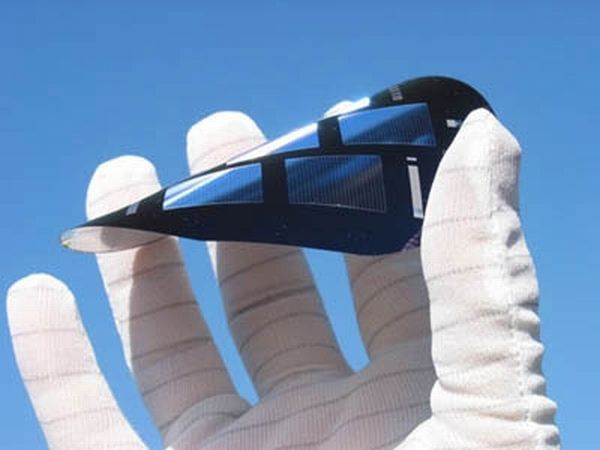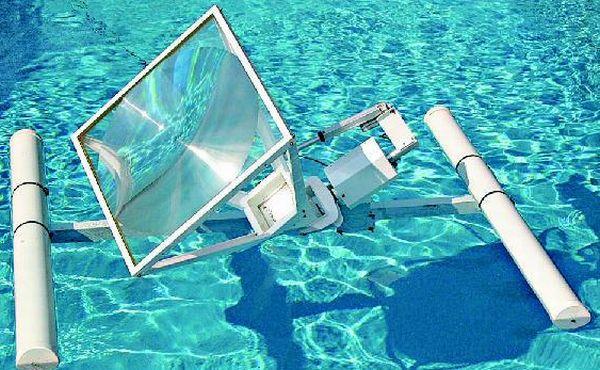
What’s happening right now?
Solar plants occupy a very big area of land and now floating solar plants are being developed to overcome the shortage of land for installing photovoltaic panels. India is also developing an innovative design for floating solar plant which can be used for bringing power and electricity to India. Sunengy Pty Limited, an Australian company has collaborated with Tata Power for developing a floating solar plant; however it would not be floating around in the ocean but would be operating behind hydro-electric dams. The technology used for this floating solar plant is the Liquid Solar Array that makes use of a combination of photovoltaic and plastic lenses that concentrates light on the solar cells with optimum efficiency. The entire solar plant would be in the shape of a huge raft that would float atop the water.
Tests regarding floating solar plants are also taking place in at Cadarache located in SE France and this project is a joint venture between EDF Group of France and Solaris Synergy of Israel and is called AQUASUN. This location is strategic as it is positioned on the French electric grid and is also in close proximity to a local hydro-electric plant that will provide the needed water body to setting up this floating solar plant. The research teams, on this project, are of the opinion that this technology can enter the market by June 2012. A very innovative cooling system on the water carries this floating solar plant to avoid overheating issues. The photovoltaic cells are made out of silicon and hence the cooling system in the water would be very beneficial to these cells in cases of overheating. The environmental aspect has also been taken care of as enough oxygen will be able to penetrate the surface of the water for maintaining the aquatic habitat.
Massachusetts, USA, has also been very active on the solar power front and has been aggressive in maximizing the potential of solar energy via projects across the state. Even in the Vallecitos Water District of San Diego County, California, a resident has come out with SPG Solar for installing a solar carport. SPG Solar is the innovation of a company called Floatovoltaics® has come out with a floating solar island – SPG – that can generate renewable, clean and cheap electricity and a winery called Far Niene in California is functioning on the energy generated by the floating solar system.
Trends
1. Solaris Energy plans to float solar systems on water bodies to preserve land for other needs.
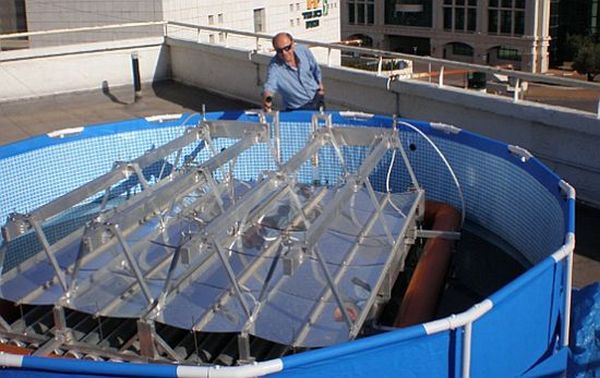
Solaris Energy has developed floating solar panels that would resemble electricity generating floating islands without using the scarce land resources. This award-winning concept by Solaris Energy basically puts forth the fact that large scale solar projects could be set-up on water without taking up huge space of land which could otherwise be used. A majority of the sun’s heat hits water bodies and therefore solar energy can be more efficiently tapped via solar cells atop water bodies leading to more efficiency. The solar plant could doubly benefit from the cooling properties of water in case of overheating and so on.
2. LSA – Floating solar panels for the ocean
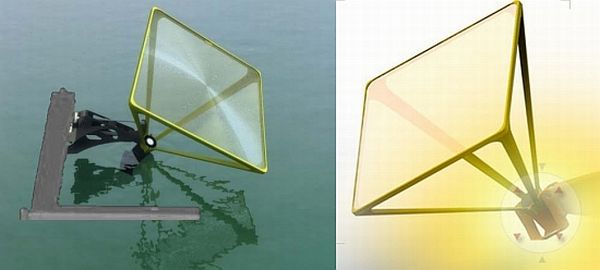
Now we will be witnessing more solar power generating islands that are waterproof occupying the vast ocean space without limiting their expansion on limited land area. The researchers at SunEnergy have come out with this innovative concept wherein oceans would be used for floating solar panels called Liquid Solar Arrays for generating electricity. These smart panels are waterproof and in case of bad weather, these panels can submerge themselves under the ocean until the weather comes back to normal.
3. India’s first floating Solar Plant will provide eco friendly energy
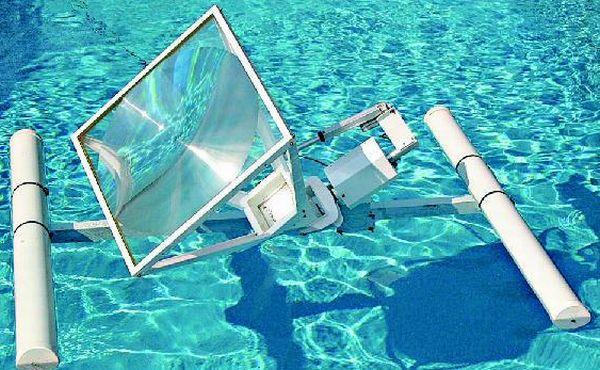
Tata Power in collaboration with Sunengy Pty Ltd, Australia is all set to launch the very first floating solar plant in India. This low cost solar plant would be using the cost-effective floating solar technology that has been developed by Sunengy. This is Tata Power’s endeavor towards moving to eco-friendly and clean energy sources. This floating solar plant would be made by using Sunengy’s patented Liquid Solar Array (LSA) technology that basically turns a huge water body like a dam into a battery-like device that is capable of storing solar energy. It is said that only 87% of renewable energy of the world is produced by using merely 10% of the surface area of water resources. It is also said that by using just 1% of India’s water bodies, this floating solar plant would have the capability of producing power equivalent to the electricity generated by 15 coal-powered stations altogether! This low cost solar plant would definitely be a path-breaking development for India by Tata Power making electricity cheaper.
The Concept
The concept is mainly to install highly efficient floating solar panels on water bodies like dams, lakes and oceans and to make use of vast stretches of water that can be put to a better use rather than to use the limited land available. Since water bodies receive direct sunlight, hence the solar cells would be more active on water bodies and would be able to produce more electricity. The solar plant would be made out of silicon photovoltaic cells that would be water-proof and durable enough to withstand untoward weather conditions by simply submerging and then rising back when weather becomes normal.
The Advantages
The main advantage would be that the land resources would be spared, since they are slowly becoming scarce. Furthermore, since water bodies attract the maximum sun’s heat, the solar energy plants would be very effective there. Furthermore, solar energy derived would also be relatively cheaper apart from being clean and non-polluting.
The Impact
Floating solar panels or plants would be path-breaking with their innovative technology and would be very beneficial in the quest of countries around the world to preserve our environment. Furthermore, it could be a very good way of producing energy as an alternative source as our non-renewable resources are getting depleted at an alarming rate. It could also help to bring down the rates of electricity and make it more affordable.




